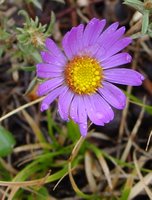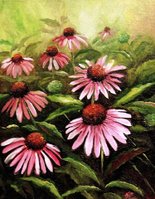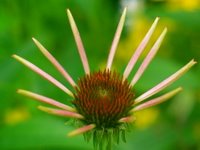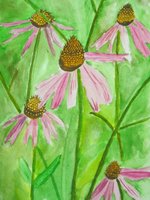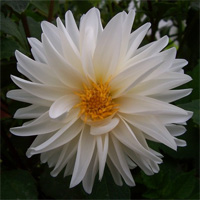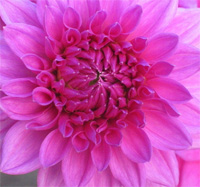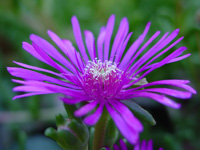F
False Indigo

Gini has sent in the False indigo or Baptisia australis, from her own garden! It resembles the pea flower, does not require much care except for an occasional trimming of leaves that tend to grow outward.
Two entries for Forget Me Not!
Forget Me Not - Sree

Sree has an oil painting as usual. These are little flat five petalled flowers which belong to the Genus Myosotis and family Boraginaceae. The state flower of Alaska, this annual/perennial prolific is in spring and the color may vary from blue to pink and sometimes white.
Forget Me Not - Nature and Me

Nature and Me adds - It was believed in 15th Century Germany that the wearer of these prety blooms would never be forgotten by their lovers. Hence, the name Forget-me-not. The forget-me-not became the subject of a disco song "Forget Me Nots" by Patrice Rushen in 1982 hitting the Top 10 in many countries. The lyrics include "Sending you forget-me-nots, to help you to remember".Interesting!
Fringe Tree
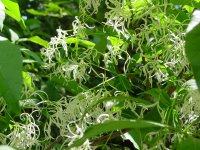
Manisha has a lovely photograph taken at the Morton Arboretum in Lisle, Illinois, of the Fringe Tree which quite makes up for the absence of a wild flower this week! Chionanthus virginicus, also known as the Old Man's Beard, sports fragrant white flowers with fringe-like petals. The Chinese Fringe Tree is wonderful to have on small lots as it does not grow taller than 10-15 feet. In the wild, it can grow up to 30 feet.
Fuschia
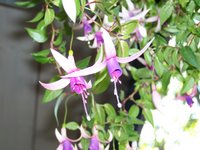
Shilpa, (not to be confused with Shilpa of Aayi's Recipes!), sent in this gorgeous picture of fuschias. This is what she had to say: "These pretty flowers come in shades of red, purple, white, and pink and are tubular or bell-shaped.
So far, I have only seen the double-colored versions. Do you know there are more than 100 varieties of Fuchsia?
Fuchsia plants are valued for their showy flowers and vibrant colors. They are used in gardens to attract humming birds and of course, for ornamental purposes.
I get a few visitors to my bird-feeder but no humming birds. My plan is to get some Fuchsia plants next summer and see if I get lucky!
This picture was taken in a state park in NC, in September this year.
http://en.wikipedia.org/wiki/Fuchsia has more info."
If you have entries you would like to send in for F, please do so! G will go live on December 3.
